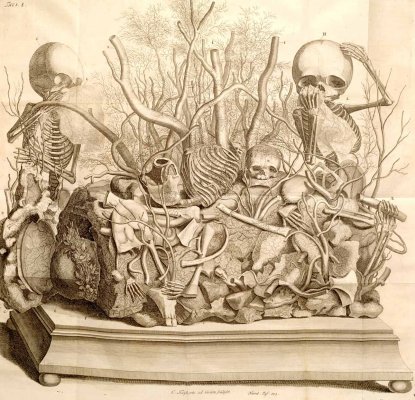It also gets mentioned in the classic Fortean reference books:
The Unexplained (Mysteries of Mind, Space & Time) - Volume 13 pages 1509 - 1516
Rough Guide to Unexplained Phenomena pages 86 - 90.
and in the latter they say:
The usual processes of mummification - drying out, using preservativess, petrification or saponification (literally turning to soap) - seem hardly to apply in such well-documented circumstances.
but I don't think we can be quite so fast to dismiss adipocere/saponification as, is so foten repeated, we don't have any clear overviews - the best books like Cruz's and:
Herbert Thurston (1952) The Physical Phenomena of Mysticism. London: Burns Oates
are general from the believer side of things and no real attempt to fully assess the state of the bodies or the solidity of the claims has been made. I'm not sure about this book that I also came across:
The Incorruptible Flesh (1988)
Bodily Mutation and Mortification in Religion and Folklore, Cambridge, Cambridge University Press
Piero Camporesi, Translated by Tania Croft-Murray
The Rough Guide continues:
Consider the fate of St Isidore........
In May 1969, St Isidore's body was transferred to Madrid's cathedral, where it was exposed for ten days. Many thousands filed past the "darkened, rigid, but perfect" 800 year-old body.
The last part of the report doesn't suggest to me that it is strictly an incorruptible - more of natural mummy. I suspect that there is a range of things at work producing a possible range of preservations. Until we have a more comprehensive study of the bodies and their burial conditions it would be tricky to rule out saponification for the better preserved specimens
-----------
FT reports:
FT 159:
https://web.archive.org/web/2004101...ntimes.com/articles/159_saintspreserved.shtml
Also FT29:9; FT62:37; FT140:25
------------
What I do ind interesting is that they are part of a range of religious (and by extension Fortean) phenomena like:
---
Odour of sanctity:
from Incorruptibles:
St. Thérèse of Lisieux and St. Bernadette (of Lourdes fame):
https://web.archive.org/web/2003072...dreview.org/2002/feb02/dwightlongenecker.html
Blessed Maria Anna (Ladroni) of Jesus
https://web.archive.org/web/20041013173526/http://www.jowynn.com/cures.htm
and living saints like Padre Pio:
https://web.archive.org/web/20041022165402/https://www.ewtn.com/padrepio/mystic/bilocation.htm
---
Flows of oils and 'blood':
From Amazon reviews:
The mystery is "...further compounded ... (with) ...the observance of blood and clear oils" which flow from these incorruptibles. (Page 27).
She shows bodies that still have liquid and living blood inside, bodies that are still flexible, that exhale very agreeable perfum...
http://www.amazon.co.uk/exec/obidos/ASIN/0895550660/
http://www.amazon.com/exec/obidos/ASIN/0895550660/
-------------------
I haven't included many examples as there are plenty more in the 2 books at the top of the page (I'll probably post a few more when I've got more time but it is late). I suppose whats interesting is that, while it would be easy to dsimiss these elements as misidentifications, misundersstandings, fakes, wishful thinking and even hysteria, if viewed from the perspective of adipocere/saponification they could be seen as parts of the process.
Clearly it all needs more study and testing (where possible) but its certainly a possibility.
Emps






